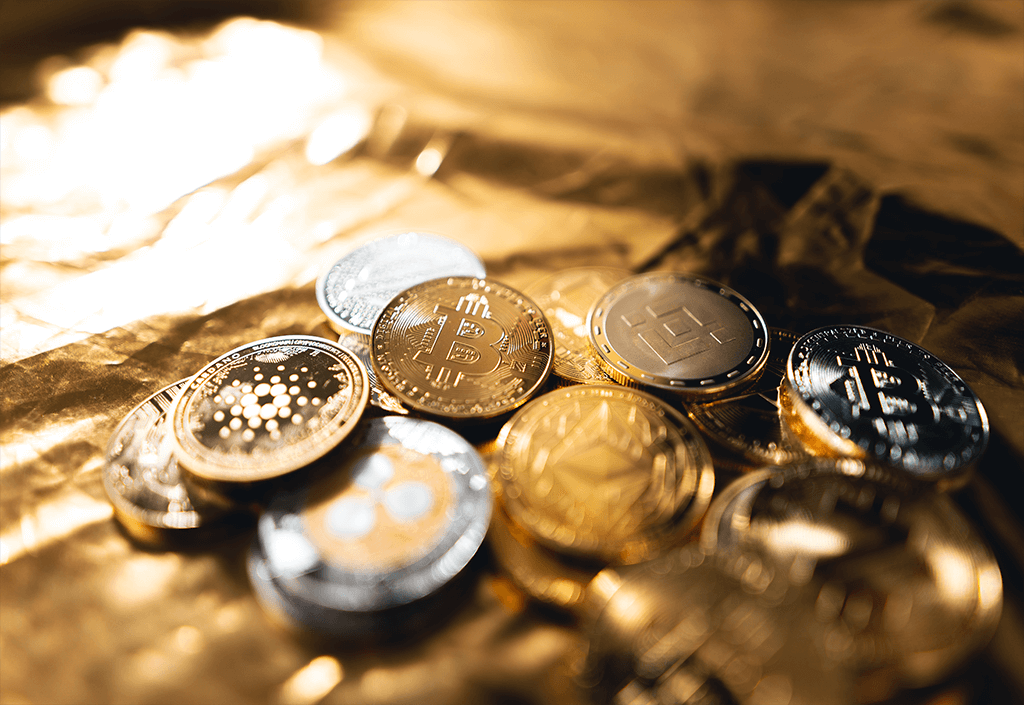Cryptocurrency exchanges are setting up systems to verify certain assets and liabilities intended to reassure investors and customers in the wake of FTX’s collapse last month, but these measures give limited insight into the companies’ finances.
Several crypto exchanges, including Binance Holdings Ltd. and Crypto.com, in recent months have hired outside auditors to provide a proof of reserves report, an increasingly popular type of attestation that can show the business is solvent and has enough assets to cover its liabilities. Most crypto exchanges are privately held, meaning they don’t have to file financial statements with the Securities and Exchange Commission or get them audited.
The process aims to give investors certainty that their tokens are covered by reserves and their funds are safe, but the reports aren’t as thorough as an audited financial statement.
Binance on Wednesday said it appointed accounting firm Mazars to independently verify its reserves. Crypto.com plans to release an audited proof of reserves in the coming weeks, a spokeswoman said. Several other exchanges have announced their own efforts to build out their proof of reserves systems in varying ways, not all of them involving an outside accounting firm.
These auditors don’t personally sign the attestations, unlike reviews of a public company’s annual financial statements. The proof of reserve attestations aren’t public, but some companies such as Kraken share reserves data with their customers. Kraken allows customers to independently verify that their balances are backed by assets secured by the exchange. Kraken, which completed two proof of reserves over the past year, plans to further expand the number of assets covered in future attestations, a spokeswoman said. Binance couldn’t be reached for comment.
Some crypto exchanges and their audit firms have said they are verifying reserves based on standards set by the American Institute of Certified Public Accountants, which sets rules for the auditing of U.S. private companies.
Concerns over the solvency of currency platforms have taken center stage amid the implosion of FTX, which lent billions of dollars from its own customers to an affiliate, Alameda Research, and prevented FTX customers from accessing their money. FTX, however, also had conducted a full audit of its finances over the past two years from its auditors Armanino LLP and Prager Metis CPAs LLC, an uncommon move within the industry.
“Things like, you know, proof of reserves is helpful,” said Sam Bankman-Fried, the founder of FTX, during a New York Times event earlier this week. He added that customers of crypto exchanges should “look for as rigorous of that as you can look for regulatory reporting.”
Such a third-party verification represents a step toward more transparency around crypto exchanges, but there are significant shortcomings, some academics said. Investors usually don’t get to know whether the platforms have pledged customers’ assets for loans or made changes to their calculations of assets or liabilities in between when the snapshots of reserves are provided. The exchange also gets to determine the frequency with which these attestations are done.
“Investors might assume that this attestation is similar to a full audit when in reality it is not complete and does not disclose the full assets or liabilities nor does it discuss any controls,” said Deniz Appelbaum, assistant professor of accounting and finance at Montclair State University.
A proof of reserves report captures a glimpse of certain exchange-owned assets, such as crypto holdings and fiat cash, which is a government-backed currency with no fixed value, at a specific point in time. But, it typically doesn’t include, for example, noncrypto assets such as shares of a stock trading platform or commercial paper. The verifications are useless unless auditors constantly provide them due to the high trading volatility of crypto values, Ms. Appelbaum said.
Exchanges could have hidden liabilities and have creditor claims to their digital assets, but such details won’t be clear from a proof of reserves statement, said Vivian Fang, a professor of accounting at the University of Minnesota. “Whether somebody else has claims over these digital assets isn’t certain,” she said.
Companies using third-party verification also don’t have to provide auditors with information about assets or liabilities that are off the blockchain, which means there may not be visibility on their nondigital assets.
U.S. regulators are facing growing pressure to force crypto firms into compliance with investor-protection laws. The SEC under Chair Gary Gensler has vowed to crack down on the crypto market and has called for more exchanges to register with the regulator, but hasn’t directly commented on platforms’ use of proof of reserves.
The regulator in March told companies that report to the SEC, including cryptocurrency exchanges, to disclose the digital tokens they hold for customers on their balance sheets. Companies have complied with this since it went into effect in June. Coinbase Global Inc. last month reported $95.11 billion in both customer crypto assets and liabilities for the quarter ended Sept. 30, up from $88.45 billion the previous quarter, filings show. The SEC declined to comment.
The SEC’s audit watchdog, the Public Company Accounting Oversight Board, can’t inspect the audits of private crypto companies, such as BlockFi Inc. and FTX, which both recently filed for bankruptcy. Still, the PCAOB encourages investors to review reports on the work those companies’ auditors have done, Chair Erica Williams said at a conference Tuesday.
Proof of reserves will likely become more popular among crypto firms in the coming months, in part to maintain trust from customers, said Campbell Harvey, a finance professor at Duke University.
“They are desperate to do something because the level of trust has plummeted,” he said. “Right now the level of opacity is unacceptable, so they have to do something and this is one thing that they can do.”
Source: wsj.com

